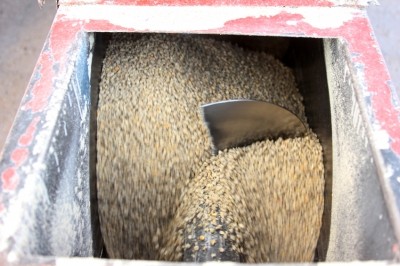Definitive system for measuring environmental footprint nears completion

Currently, many different methods are used to assess the environmental impacts and performance of feed products, causing confusion and making it difficult to compare results and set priorities.
The Livestock Environmental Assessment Performance (LEAP) guidelines are intended to provide a harmonised approach for assessing the environmental performance of livestock supply chains on a global scale. The guidelines, which have just undergone public consultation, will be published in five languages later this year.
With sustainability high on the agendas of US feed producers, the American Feed Industry Association (AFIA) welcomes the initiative.
“Currently many food retail firms are being asked by their customers about environmental impacts of the products they purchase. These guidelines will assist feed firms to provide this information along the supply chain to the customer,” Richard Sellers, senior vice president of legislative and regulatory affairs with AFIA, told FeedNavigator.
He said that those organisations who adopt the guidelines and utilise its draft model, once the final report is published, will have a better understanding of how their firms’ products will impact the environment, and, more importantly, how they can lessen that impact.
Problem areas
Asked in which areas there might be room for feed producers to improve their environmental record, Sellers said: “The industry must be cognisant of the current areas of concern such as the release of nitrogen and phosphorus into the environment.”
However, he added that these areas are being addressed, saying: “Through formula manipulation, the addition of newly approved, innovative ingredients and better control of nutrient input, feed manufacturers and their customers are working together more diligently to create a smaller global livestock footprint.”
He also pointed out that the global footprint of livestock is small and dependent upon numerous factors, with developed countries having less of a footprint overall due to efficiencies of scale and use of innovative technologies.
Predicting take-up
AFIA represents 575 domestic and international companies and state, regional and national associations, making up more than 75% of manufactured commercial feed in the US. The trade association said it was becoming increasingly common for producers to conduct life cycle assessments (LCAs), driven by customer requests, and that many of its members were already incorporating tactics mentioned in the LEAP guidelines. Ultimately, though the decision to use or not to use the guidelines will be made by individual companies.








